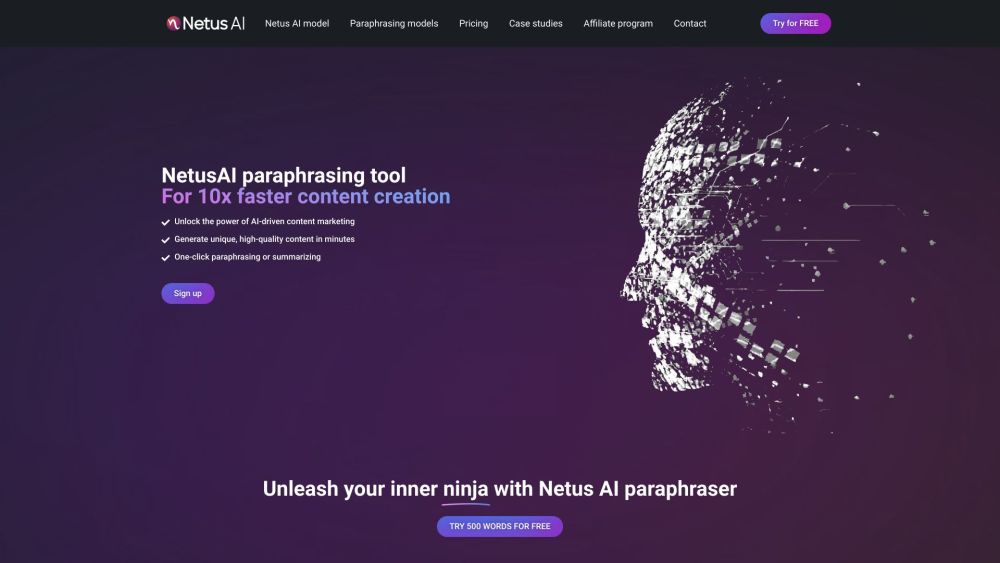This year marks a significant turning point for artificial intelligence, particularly with the rise of generative AI, which is revolutionizing the interaction between humans and machines. Insights from analysts reveal key trends emerging in the field of AI for 2024.
### 1. Synthetic Data Fuels Innovation
Synthetic data is at the forefront of innovation, especially within the realm of generative AI. This technology enables smaller models to showcase capabilities comparable to advanced models like OpenAI’s GPT, thanks to training on data generated by larger systems. For instance, in healthcare, organizations are leveraging synthetic data generation to create patient cohorts based on real patient data. This approach addresses privacy concerns while enabling tailored clinical trials. Additionally, synthetic data generation in medical imaging represents another exciting application that underscores its transformative potential.
### 2. Surge in AI Model Development by Enterprises
The past year has seen enterprises establish significant AI training capabilities. With robust infrastructure now in place, we can expect an increase in model training and development. This trend emphasizes the importance of running efficient inference on trained models. The spotlight is shifting from mega labs to open-source projects, which are fostering a wave of innovative, domain-specific initiatives. A notable development is QLoRA, which is anticipated to play a crucial role in the future of AI. Moreover, there is a noticeable focus on optimizing models to suit specific tasks. Major players are investing in smaller models, such as Microsoft’s Phi, designed for efficient inferencing, while hardware companies like IBM are creating architectures that support agile processing with minimized memory usage.
### 3. The Emergence of Graph Databases
Graph functionality, when integrated with vector search capabilities, holds the potential to elevate large language models (LLMs) and enterprise analytics significantly. During events like Microsoft Ignite, the emphasis on Microsoft Graph’s ability to enhance LLMs was prominent. This integration of knowledge graphs—tailored to an organization's workflows—enhances understanding and contextual awareness for model queries, facilitating more relevant and effective AI interactions.
### 4. Increased Presence of AI Chips in PCs
The trend toward integrating AI chips into personal computers is gaining momentum, influenced by major companies like Intel and Apple. This shift is likely to stimulate innovation in local AI applications, paving the way for new AI developer workstations. As the market for AI-enhanced devices expands, the implications for existing workstation categories, and the acceleration of AI applications, will be particularly noteworthy.
### 5. Improving GPU Supply Chain
The looming threat of a GPU shortage appears to be subsiding. Thanks to efforts to diversify sourcing and innovations in manufacturing processes, such as TSMC's expansion and partnerships, there is optimism regarding supply stability. As capacity increases and new packaging technologies emerge, the possibility of a surplus crop of chips becomes more realistic. While it may not reach the levels seen in past years, the availability of GPUs is set to improve significantly, ensuring that demand can be met without interruptions.
In conclusion, the landscape of AI is evolving rapidly, driven by technological advancements and an expanding ecosystem of applications. The focus on synthetic data, enterprise-driven model development, the integration of graph databases, AI-chipped computing, and stabilizing GPU supply chain are all laying the groundwork for a transformative year ahead in 2024.




